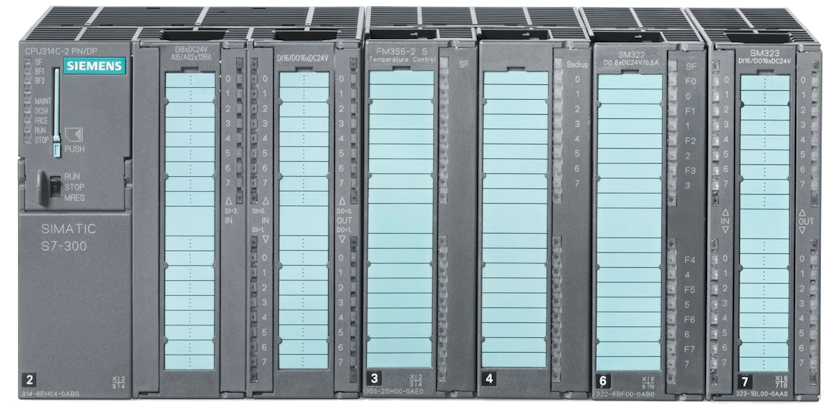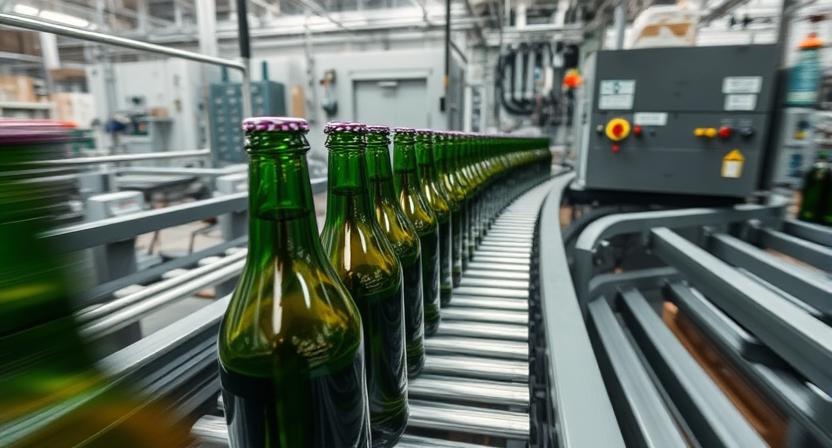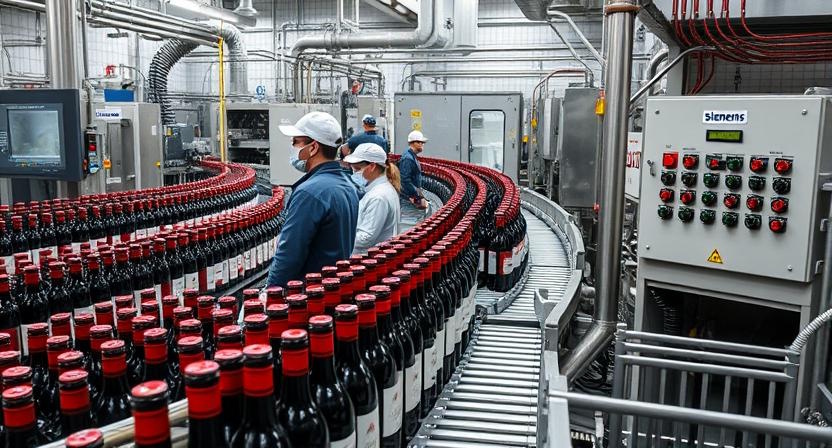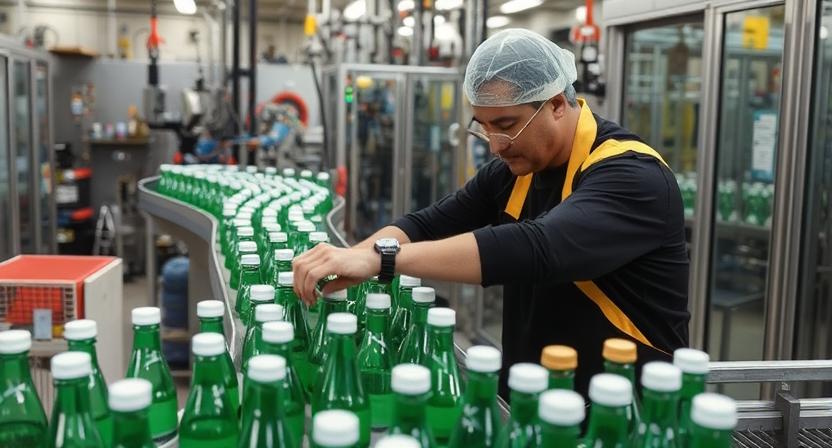
Siemens PLC Guides
Siemens SIMATIC controllers
Passion for Automation
Discover the exciting world of Programable Logic controllers

Discover the exciting world of Programable Logic controllers

| Advantage | Description |
|---|---|
| Speed | Industrial PLC's typically run at milli-second cycle times. More expensive PLC's run even faster with nano second cycle times. |
| Reliability | Industrial PLCs are reliable as long as their requirements for ventilation and stable power supply are met. |
| Repeatability | Industrial PLCs can repeat tasks with engineered and calculated accuracy for precision tasks. |
| Information | Recording and presenting data are key to understanding processes and providing data for improving efficiency and optimization. |
| Advanced Software | Industrial PLCs provide advanced software functions such as PID controllers to control complex machines and processes with many variables. |

Many people new to PLCs become obsessed with cycle time. Ranking each PLC by cycle time. Enough speed is important, however, extremely fast cycle times can come with their own challenges.
Higher cycle times are useful for high speed machinery. Consider the following situation. A bottle in a filling station is moving along on a conveyor at 100mm/s. A sensor picks up the bottle moving past the filling nozzle. A PLC with a large program running at 500ms cyle time is monitoring the process. As it takes anything between 0 and 500ms to scan the inputs and complete the logic, the bottle could have moved anywhere between 0 and 50mm (100mm/s / 0.5s = 50mm). If an accuracy of 2mm is required, then a faster PLC would be required.
Slower cycle times makes fault finding, process analysis and optimization much easier. When processes work at extremely high speeds, sometimes trends and sequence of events logs can be the only way to determine what is causing an issue. Typically small processes like bottling plants run at fast cycle times, but large oil refineries typically run at slow cycle times eg 1s cycle time creating stable processes without sudden process upsets.
With todays modern electronics, there are very few, if any PLCs that can be considered slow and cycle times are less important today than in the past. In the end, the size of the program will determine the final cycle time and this is difficult to predict when starting a project and chosing a PLC. Fortunately there are a many ways to use programming to monitor time critical events at higher cycle times than non time critical events, such as assigning different scan times to different parts of a program or using interrupts to stop all other operations and focus immediate attention to the time critical event.

Reliability is probably the most important criteria for choosing a PLC. It is not the cost of the PLC that is the highest risk. It is the cost of lost production and lost machinery availability that is the biggest issue. In todays competitive manufacturing environment, achieving high plant availability is crucial to any business. In most factories, the cost of the PLC is less than a few hours production. So spending a little more for a reliable PLC brand is always worth the investment. Most industrial equipment, instruments and PLCs are designed to last around 15 years. A proper replacement strategy to replace PLCs before end of life can help to reduce the possibility of an enexpected failure.
Besides choosing a reliable PLC brand, further steps can be taken to reduce the possibility of unplanned PLC failures and other control system failures. Redundancy is an important consideration in any plant. By having two PLCs in redundant configuration, any errors detected by watchdog circuitry can immediately pass control to a standby PLC within a single cycle without any interruption to process. Although true redundancy with guaranteed availabilty is really where the more expensive Distributed Control Systems (DCS) are used. For PLCs rendancy is always an option, but not used often. Redundancy for a plant wide supervisory PLC is useful, but at a single machine level is seldom worth the investment or complexity.

Imagine an operator performing the same task repetitively hundreds of times per shift. The possibility of making mistakes becomes higher the more a task is repeated. More importantly, the quality will never be identical if task are completed manually. The ability to repeat the same task with a consistant quality is a good reason to use a PLC.

PLCs provide immediate access to production information, quality information, efficiency information, security information and regulatory reporting such as food administration Batch Reports. Information is crucial to understanding the condition of the manufacturing plant and products being manufactured.
Without sufficient information, the ability to troubleshoot quality issues within a manufacturing process becomes time consuming resulting in production loss. With sufficient alarms and process values providing information regarding possible quality deviations from optimum operating parameters, high quality levels can be constantly maintained.

Modern PLCs have advanced software function blocks to assist with complex tasks or calulations such as converting flow rates through pipes in actual volumes, opening multiple valves to mix precise ratios of products, aquiring needed equipment in batch processes to manufacture different products using a unique mix of machinery based on a recipe.
Not all PLCs have the required certifications for every process. Dangerous processes may required Safety Integrity Level (SIL) rating certification according to IEC61508 and IEC61511. Some processes may require ISA88 certification for batch processing.
Siemens Web Site